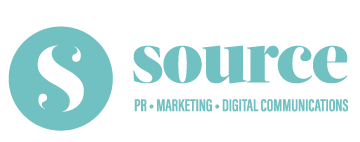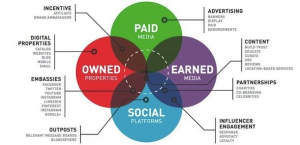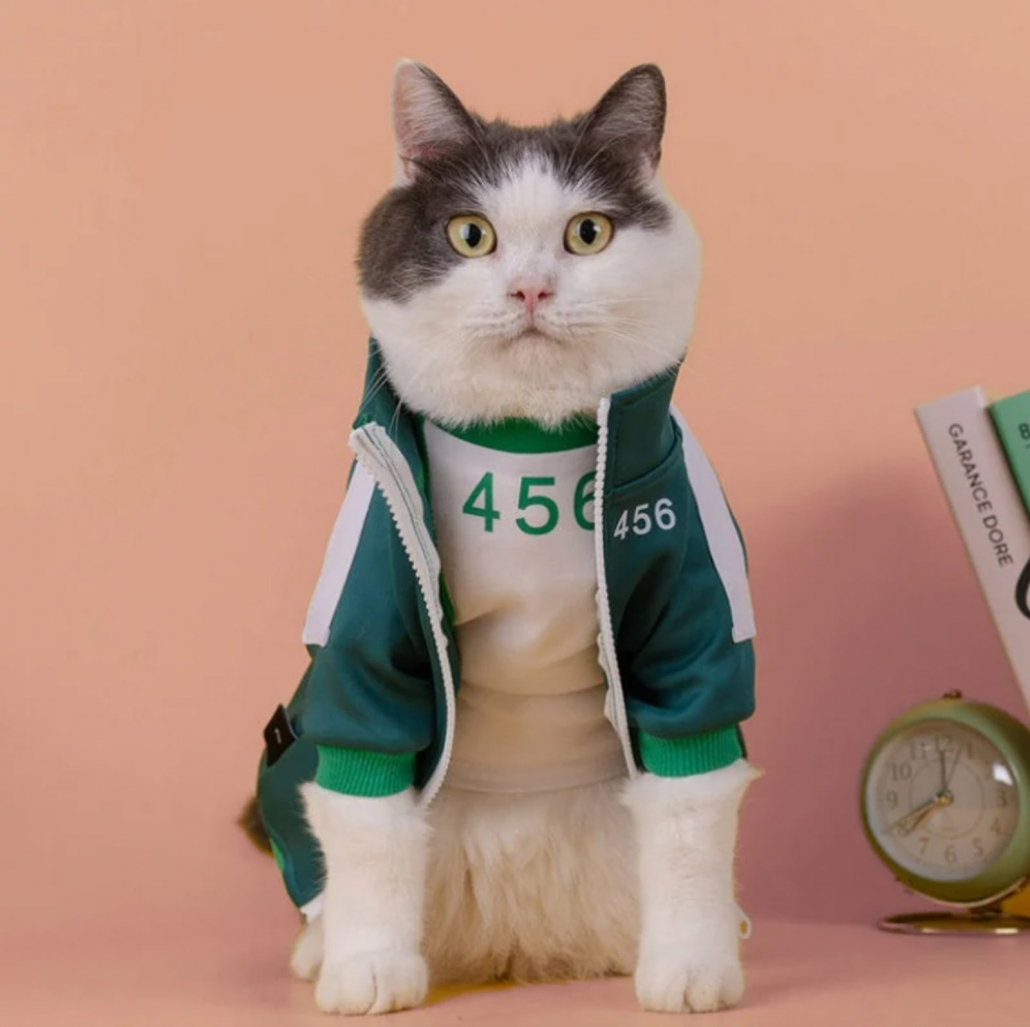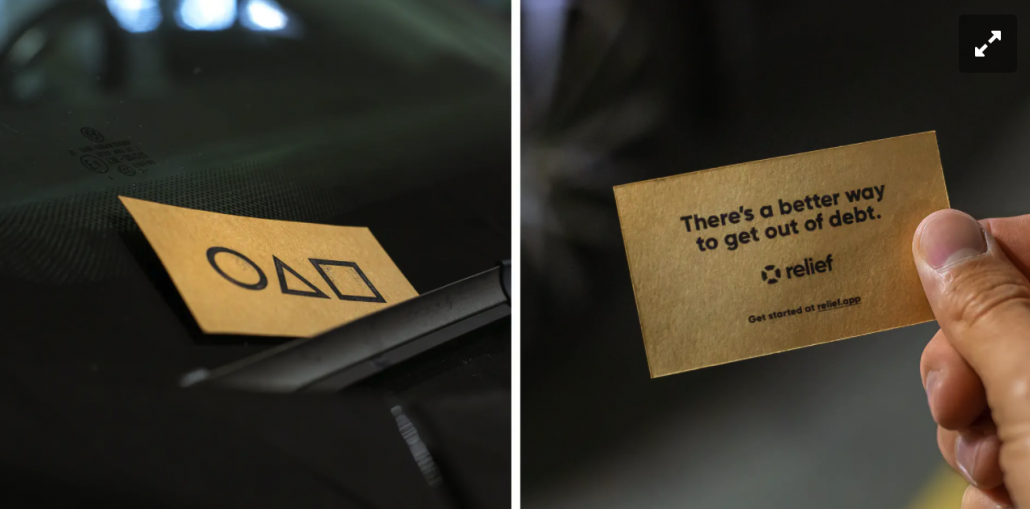In-House vs PR Agency: Which is Best When You’re Starting Out in PR?
When you’re first starting a career in Public Relations it can feel a bit like standing at a crossroads. One sign says, “In-House PR”, the other says “PR Agency”, and you’re stood there wondering which way to go. I’ve been lucky enough to dip my toes in both worlds early on.
During my placement year, I worked in-house at Bentley Motors, surrounded by incredible cars and even more incredible people. And now, just after graduating with a First Class Honours Degree from Liverpool John Moores University in Business and Public Relations, I’ve landed my first big girl job at Source PR, a boutique PR and marketing agency in the North West
Both roles offer a wide range of valuable experiences and opportunities, and this got me thinking where is the best place to begin a career in PR? In-house or agency? With that in mind I thought it might be useful to share what I’ve learned about the pros and cons of each, especially if you’re just starting out and wondering where you’ll thrive.
So, what is in-house PR?
In-house PR means you’re working directly for one brand. Your job is to live and breathe its personality, values, and voice every single day.
During my time at Bentley, my world was all about luxury. From press releases to social media posts, everything needed to reflect the craftsmanship and heritage behind the brand. I also got to see how PR connects with the wider business. The communications team was involved in everything, from marketing, events, and product launches to areas you might not expect, like HR, Finance, and even Manufacturing. It’s a truly immersive way to experience PR.
And what about a PR agency?
An agency is a completely different pace. Instead of representing one brand, you’re working with lots of different clients, each with their own tone of voice, industry, and goals.
Here at Source PR, one day I might be writing a blog for a construction company, the next I’m helping with a food brand’s product launch. It keeps you on your toes and there’s never really a “same” day twice.
The perks of starting out in-house
- You get deep knowledge of one brand.
- You see how PR fits into the bigger business picture.
- You build close, consistent relationships with the same people.
- The pace can be a little more predictable compared to agency life.
The downsides of starting out in-house
- It can feel less varied and possibly repetitive, as you work with one brand, with one style of messaging.
- You only gain experience in one industry and while it can be great for building deep expertise, it can make it difficult to move into other sectors later.
- Career progression can be slower unless there’s a big comms department.
The perks of starting out in an agency
- There’s a lot of variety as you work with different clients and industries.
- You learn quickly, the faster pace forces you to pick things up fast.
- You grow your network beyond one brand, something that is invaluable especially in your early career.
- You build a broad portfolio of work early on.
The challenges of agency life
- The faster pace can be challenging; you’ll constantly be juggling several clients and projects at the same time.
- You don’t always get to see the long-term impact of campaigns. You might work on a fantastic campaign but once it’s done, you’re instantly on to the next project.
- Balancing multiple clients means switching priorities at a moment’s notice, something urgent may pop up and a more relaxed day can quickly turn.
The advice I’ve kept hearing
I’ve received advice from multiple people as I’ve began building a career in PR, my lecturers, my manager at Bentley and other PR professionals. Most of them have said:
“If you can, start out in an agency, then move in-house later if you want to specialise.”
Their reasoning? Agency life gives you a huge variety of experiences and skills right at the start, which makes you even more valuable if you do decide to go in-house later. It also gives you the opportunity to explore what areas you enjoy the most.
It’s not a hard rule, plenty of people do it the other way around but I can already see why it’s popular advice.
How do you choose which is right for you?
Think about:
- Do you like variety and a faster pace, or do you prefer to focus on one brand long-term?
- Do you want to explore multiple industries, or go deep into one?
- Where do you see yourself in a few years? A brand spokesperson, or a multi-sector PR all-rounder?
Final thought
There’s no one “right” way to start your PR career. My year at Bentley gave me a front-row seat to brand storytelling. Now, at Source PR, I’m learning how to tell lots of different stories all at once.
Whether you go in-house, agency, or hop between the two, the most important thing is to take every opportunity you can because every experience teaches you something new.







